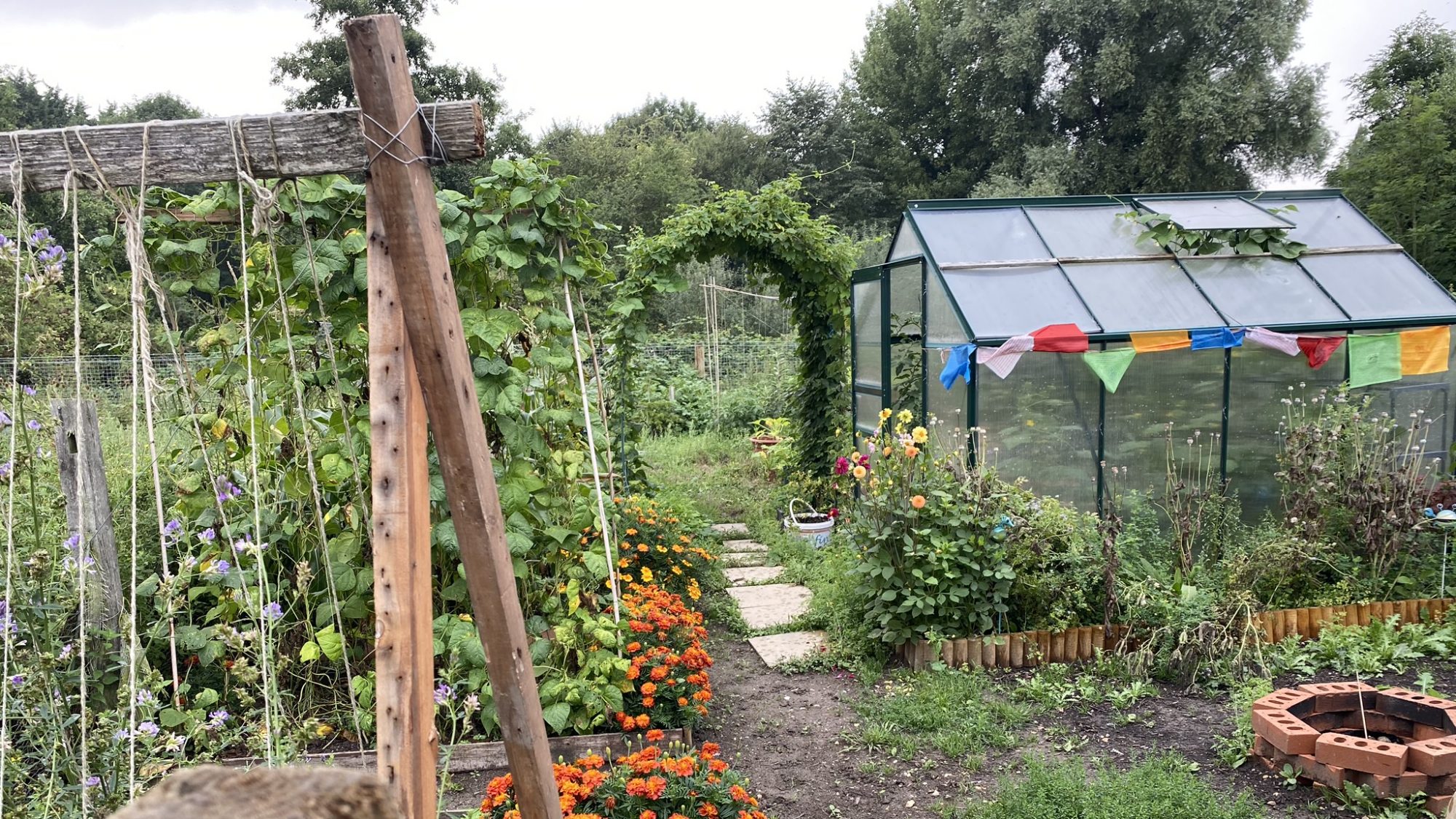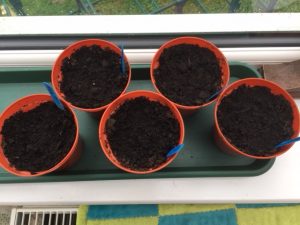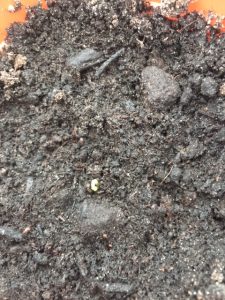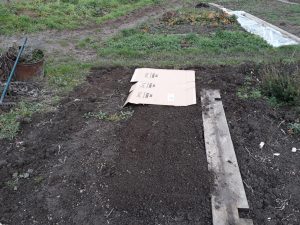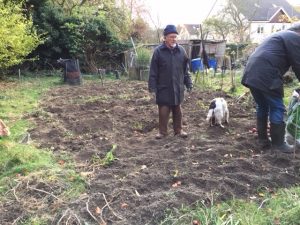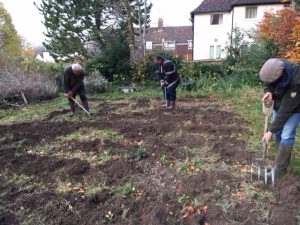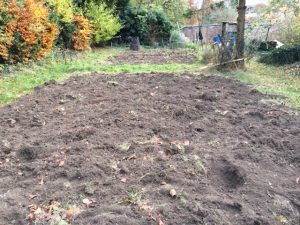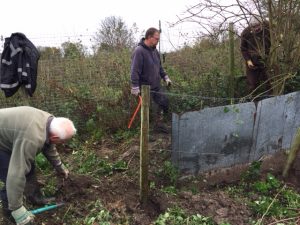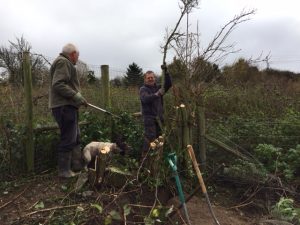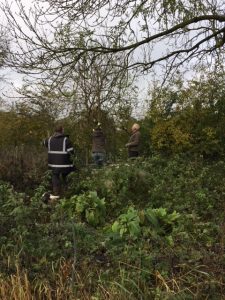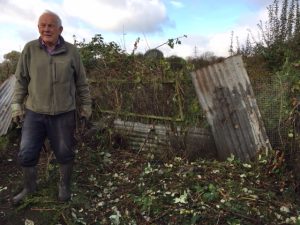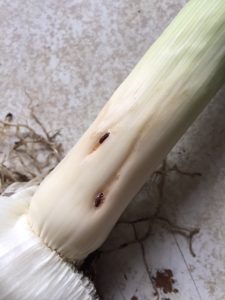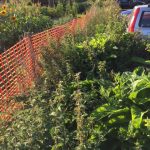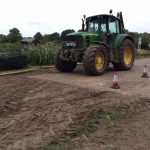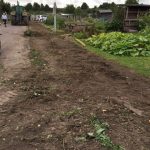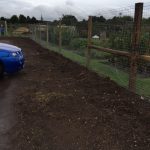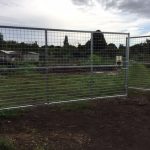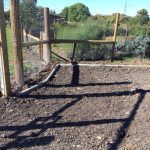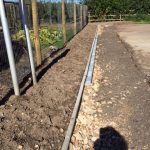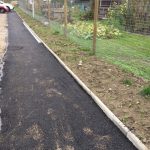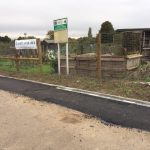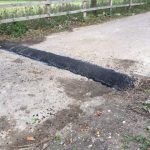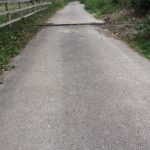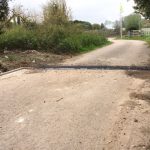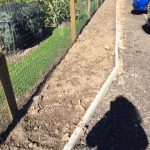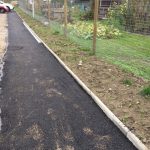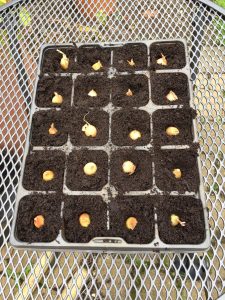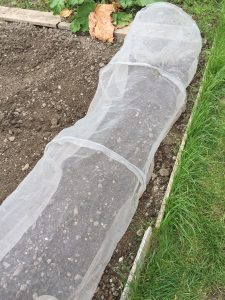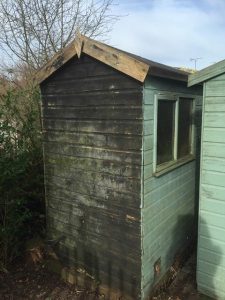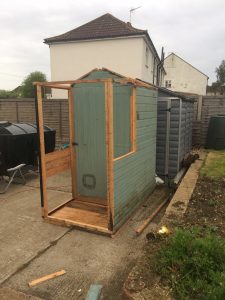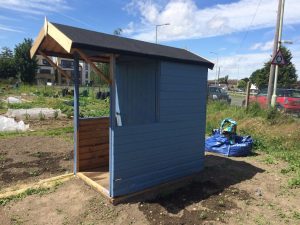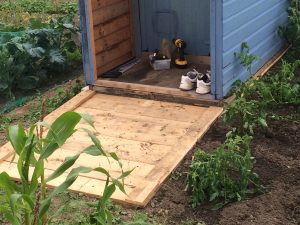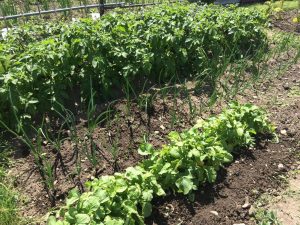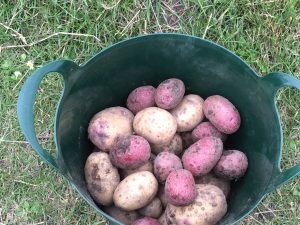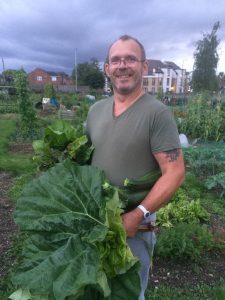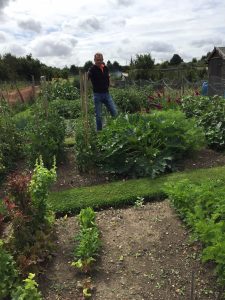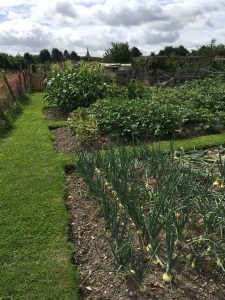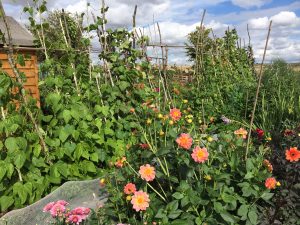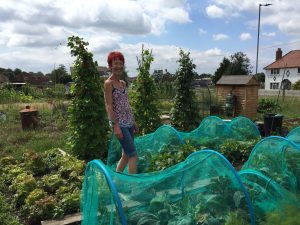BALGA tenant, Annie, updates us on her progress with experimenting with going no-dig. This month….paths!
‘Of course, no-dig doesn’t mean no work! The digging is delegated. You may do this already of course – you may have a co-worker or partner who loves the exercise! However you can still gain benefits from no-dig and find these heroes other important jobs on your plot.
With no-dig, the digging is done by the worms. Hopefully you have plenty, but you will certainly get a big influx with the arrival of all that lovely compost. The worms will draw the organic material into the soil and aerate it at the same time. As the soil is not being continually hefted around, an environment is gradually created that allows beneficial insects, microbes and fungi to thrive and prosper. As this happens, it gives the perfect soil structure for your fruit and veg.
However, there is still work to be done….plenty of compost to produce and distribute, but we don’t want to compact the ground so some paths would be useful.
There are several options for paths.
1. Grass paths. These look nice if well maintained. A grass path is fairly permanent though so perhaps other more temporary solutions would be useful to give flexibility year by year.
2. Walk on top of the compost.


The mulch underneath should stop weeds and the compost layer should not get muddy for a long time – not until the mulch has been broken down by the worms. This should take much longer than on the beds since you are walking on it and compacting it more than the beds.
3. Woodchip path. If you have a source of woodchip this is great. It shouldn’t get muddy and when you want a change, the woodchip will just rot down and add organic matter to your soil.
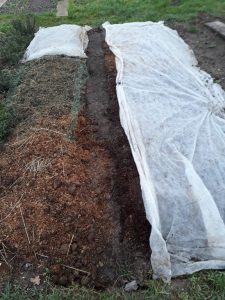

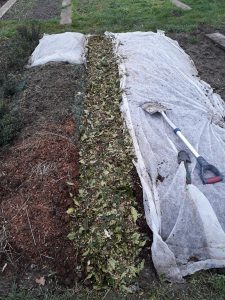
4. Gravel. The weed-proof layer here is black plastic (old compost bags work well!). Clear the ground, lay the plastic with a few drainage holes to prevent pools of water developing, cover with a layer of gravel. Cost of gravel may be an issue but it is re-usable when you want to take the path up and re-lay it elsewhere.
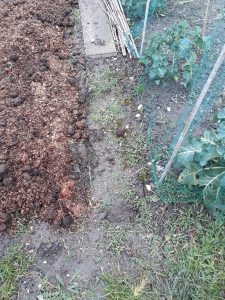

You will notice that the emphasis throughout is to try to stop the weeds growing thus saving time on weeding. We shall see!’
